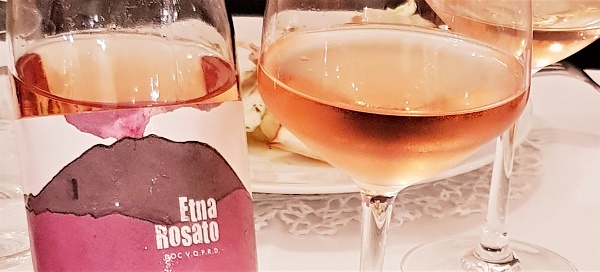The Maceration Method
This is the most common method for producing Rosé wines.
In red wine making, the grapes are pressed and fermented together with their skins. When producing Rosé wines, the skins are removed before the juice gets too dark.
This method can make many styles of Rosé, depending on the grape variety and the length of skin contact.
For light Rosés the skin are removed after a few hours. For darker varieties, the skin are removed after a few days.
The Vin Gris Method
Vin Gris (Grey Wine) is when red grapes are used to make a Rosé.
With this method, the grapes are pressed and the skins are removed before fermentation, but because the grapes are red, the juice will have a pink color.
This method is popular for lighter grape varieties such as Pinot Noir.
The Saignée Method
The Saignée method is capable of producing some of the longest lasting Rosé wines.
This method is a by-product of red wine making, where some of the juice is bled off to leave a higher ratio of skin in the fermentation and produce a richer and bolder red wine. The removed juice (Saignée) is then fermented into Rosé.
Wines made from the Saignée method are typically much darker than Maceration Method wines and also much more savory.
Blendig Red and White
The method of blending white and red wines after fermentation is not allowed for PDO (Protected Designation of Origin) wines in Europe.
Some New World regions use this technique to make Rosés.
